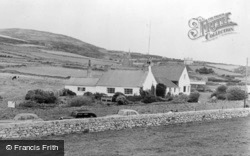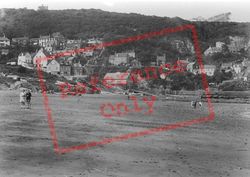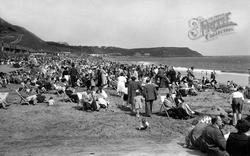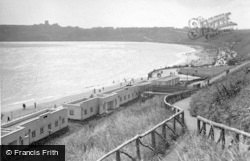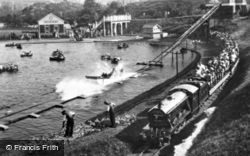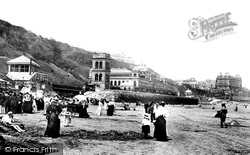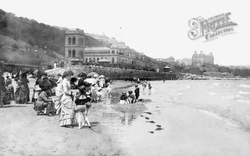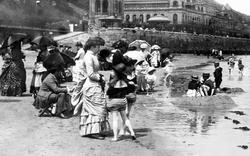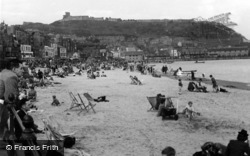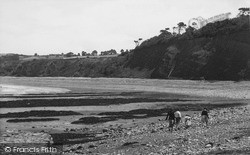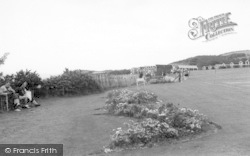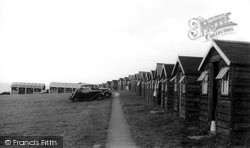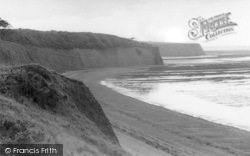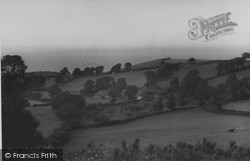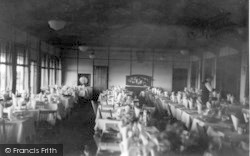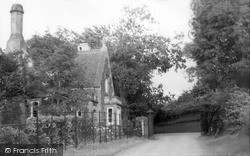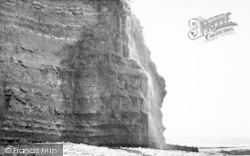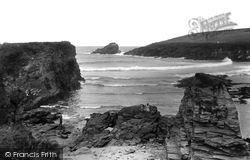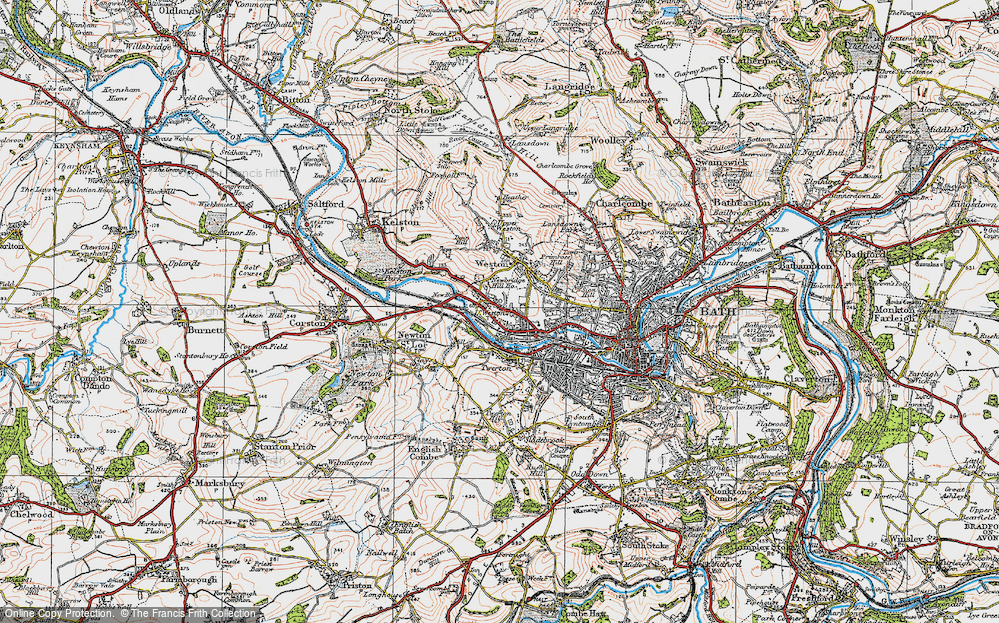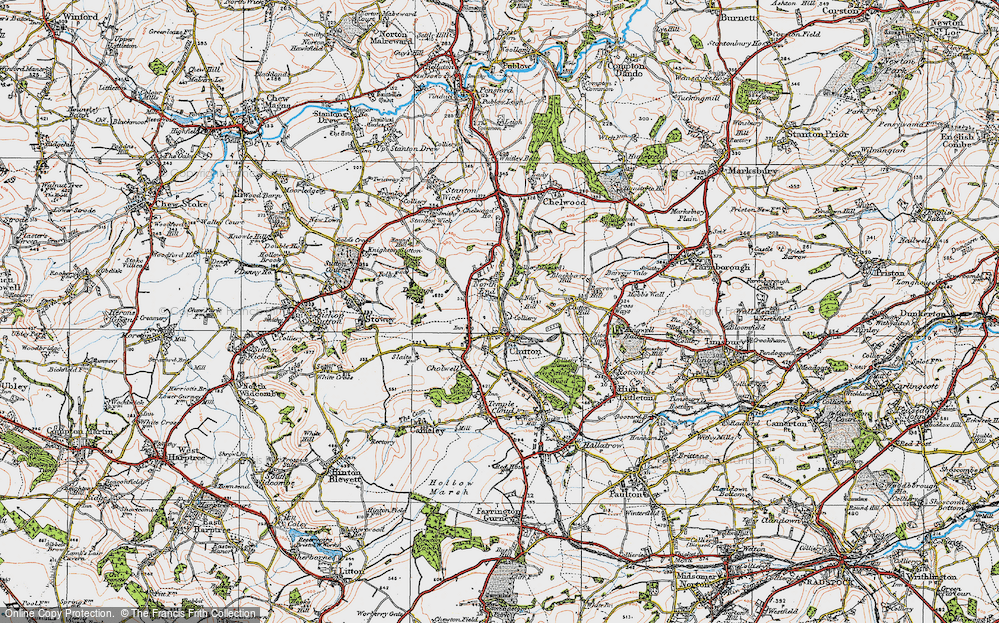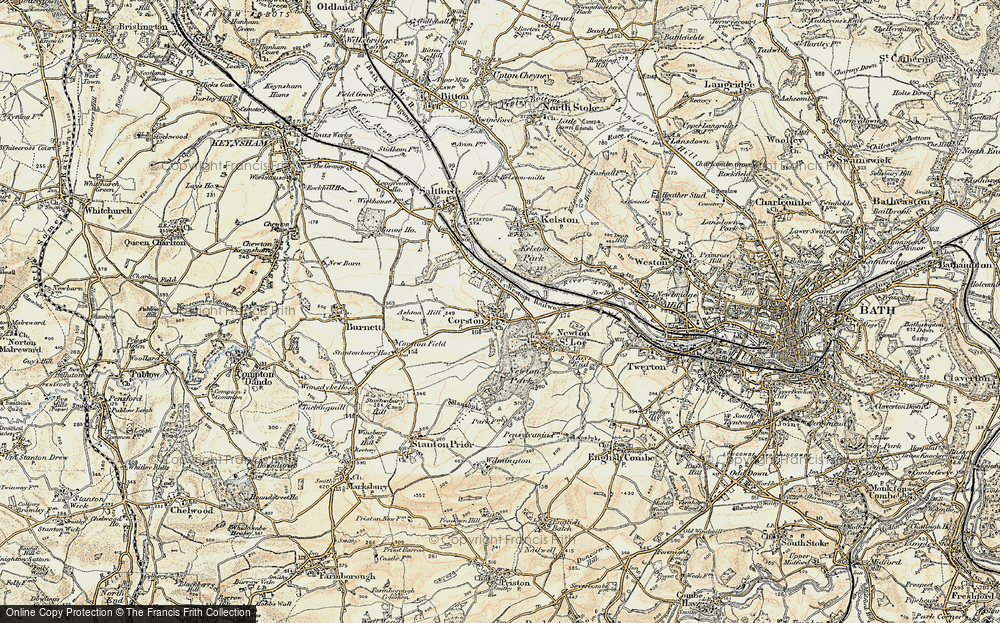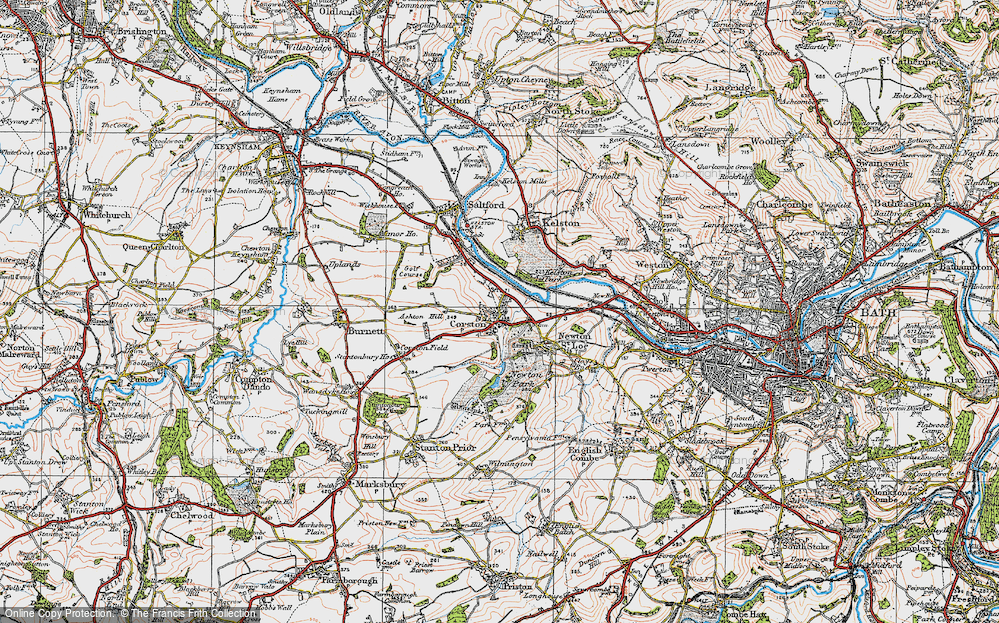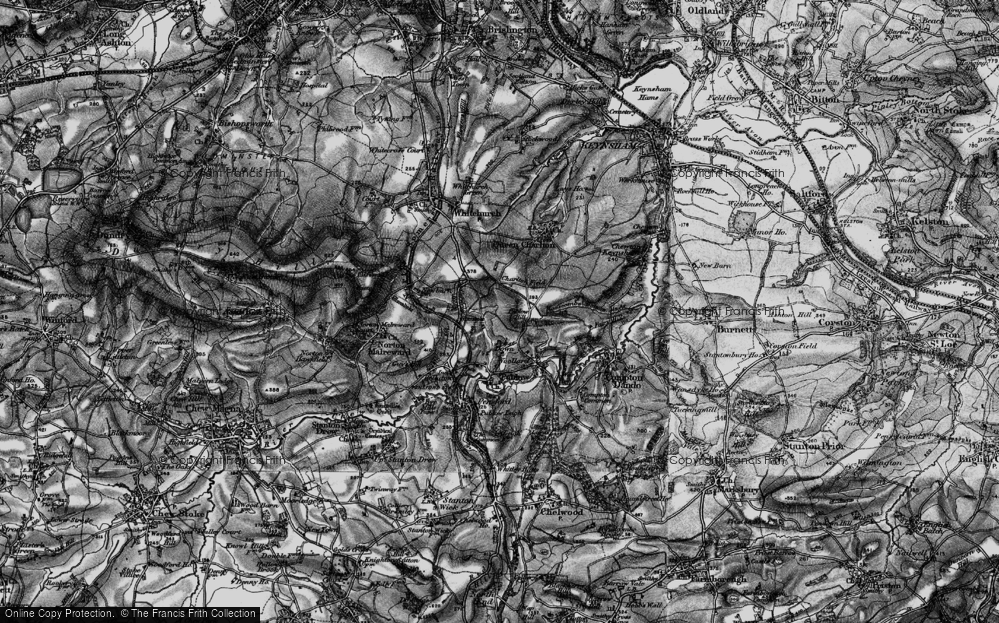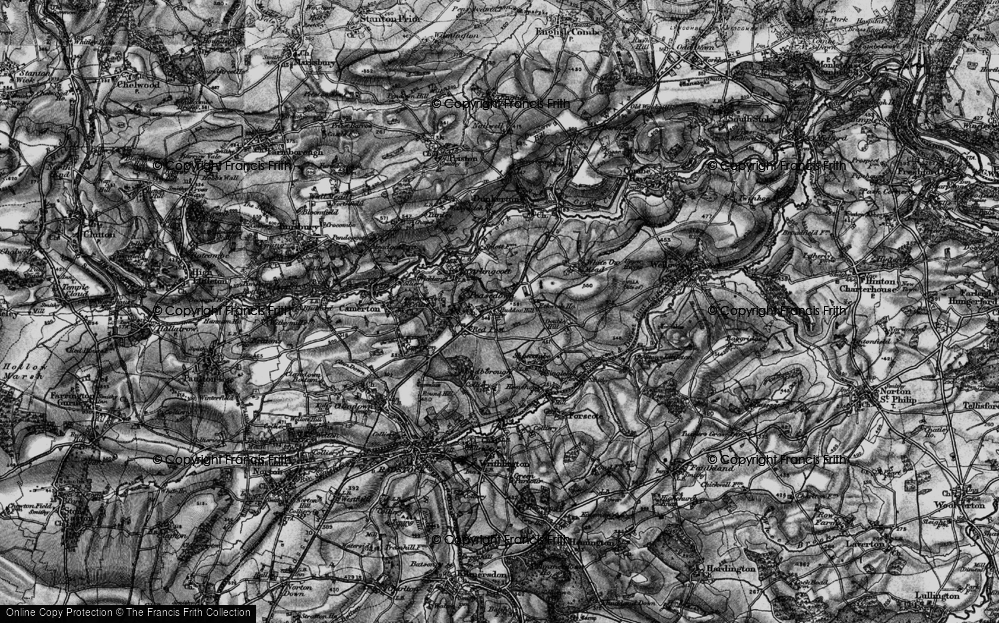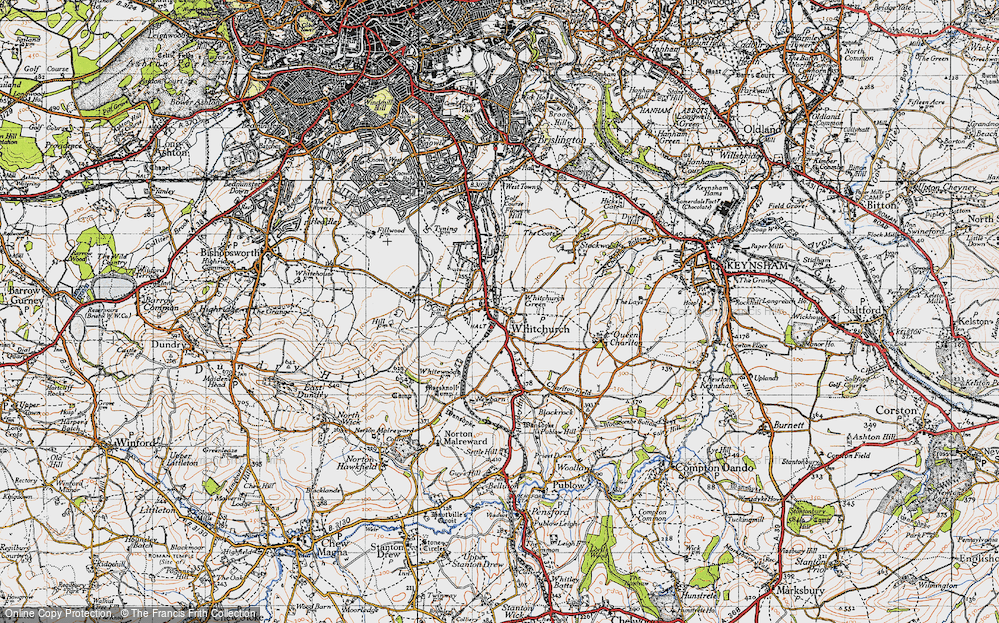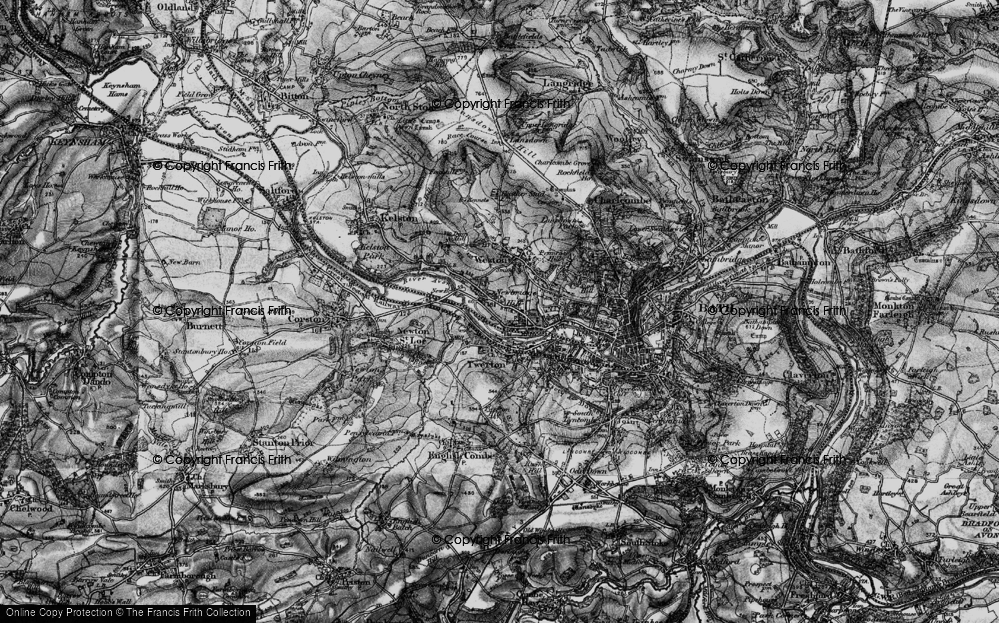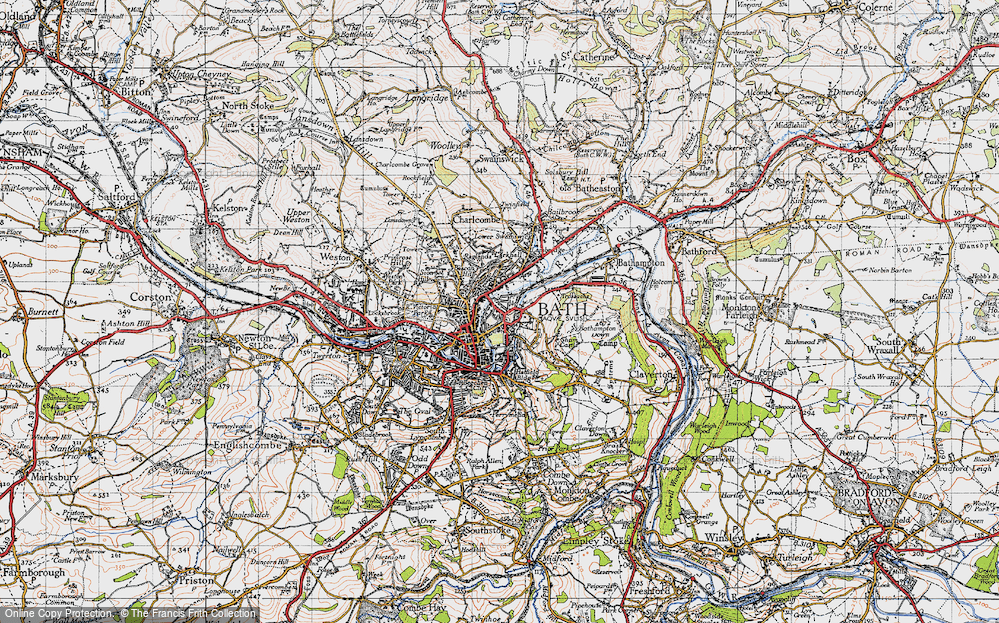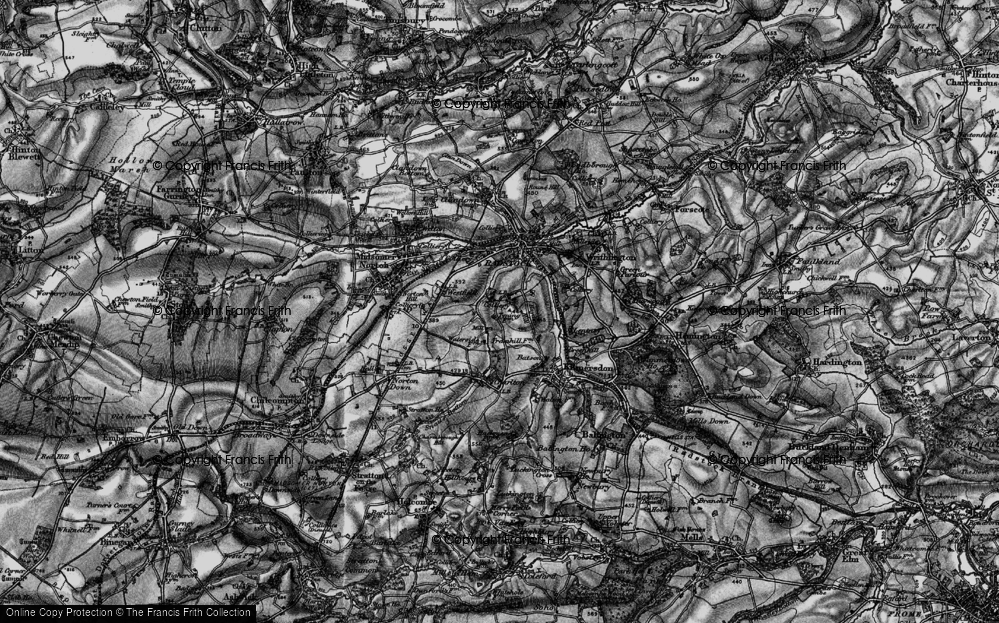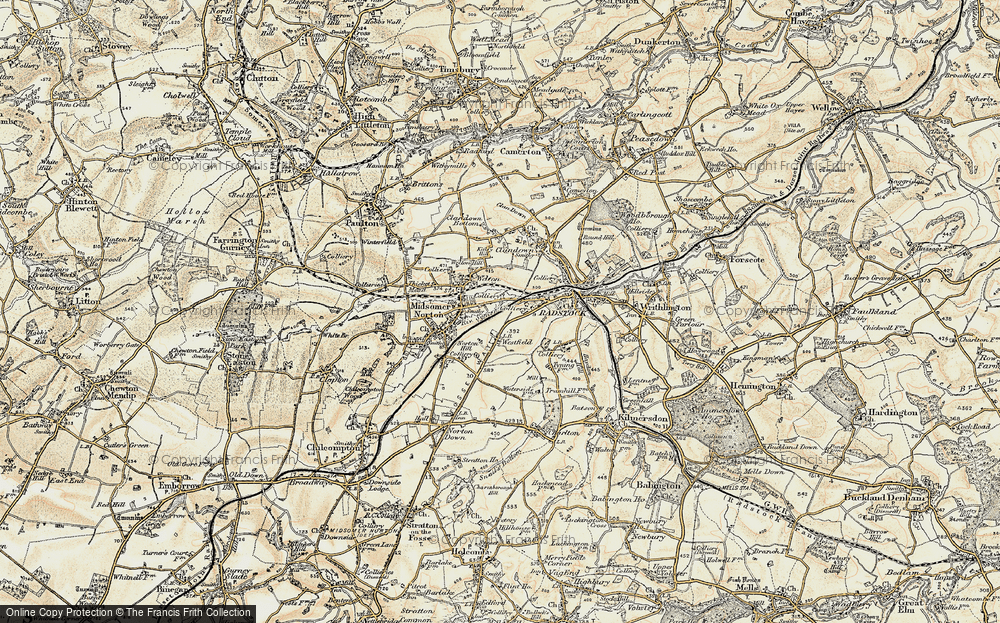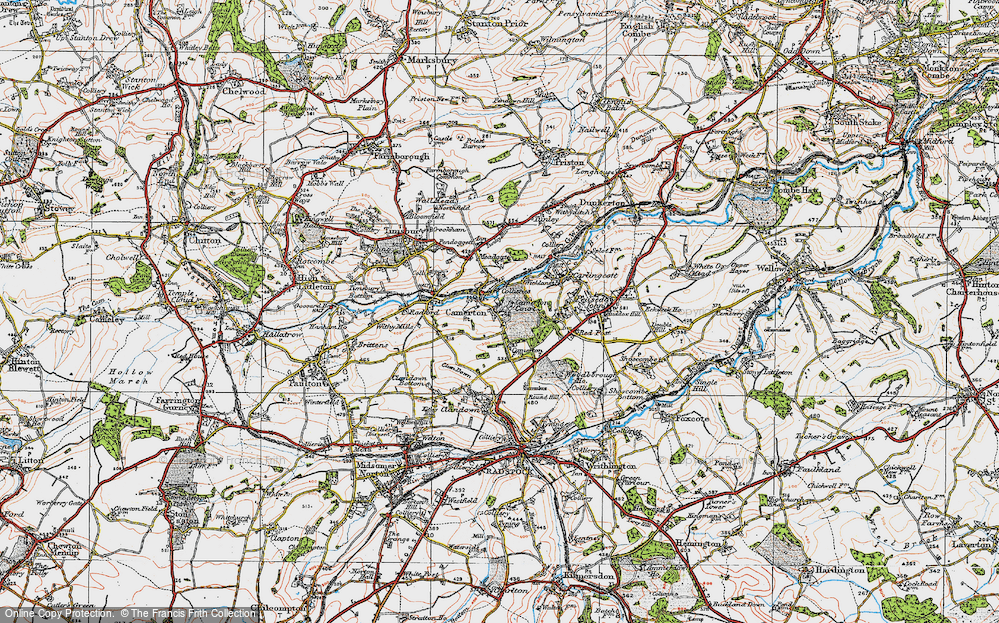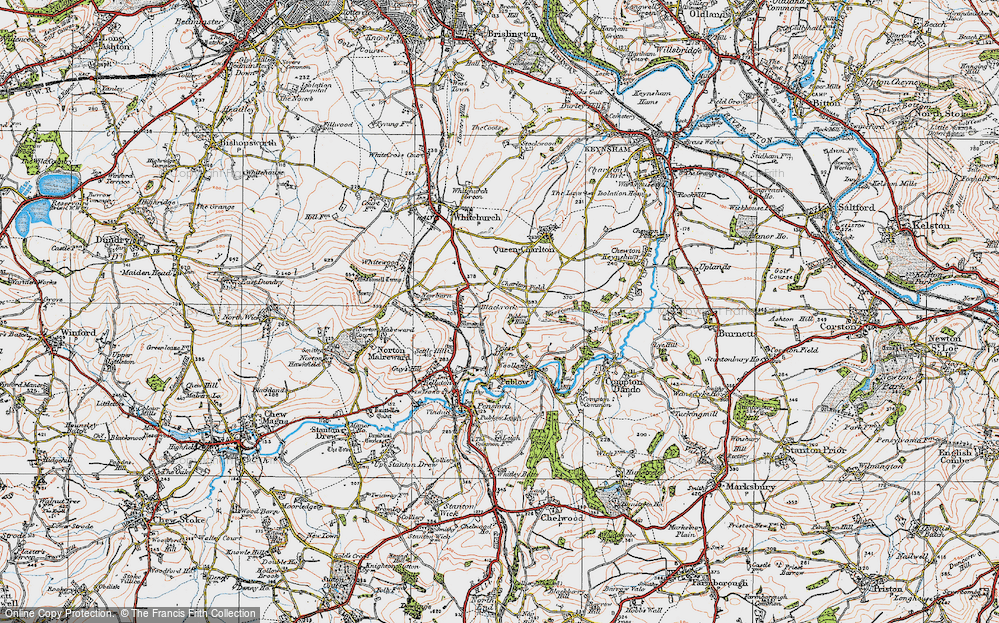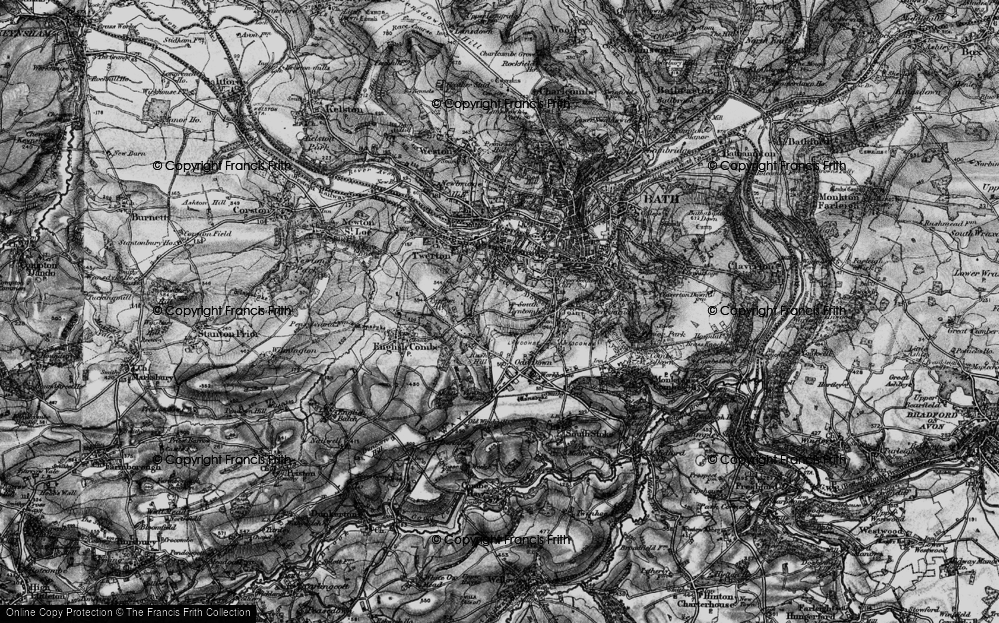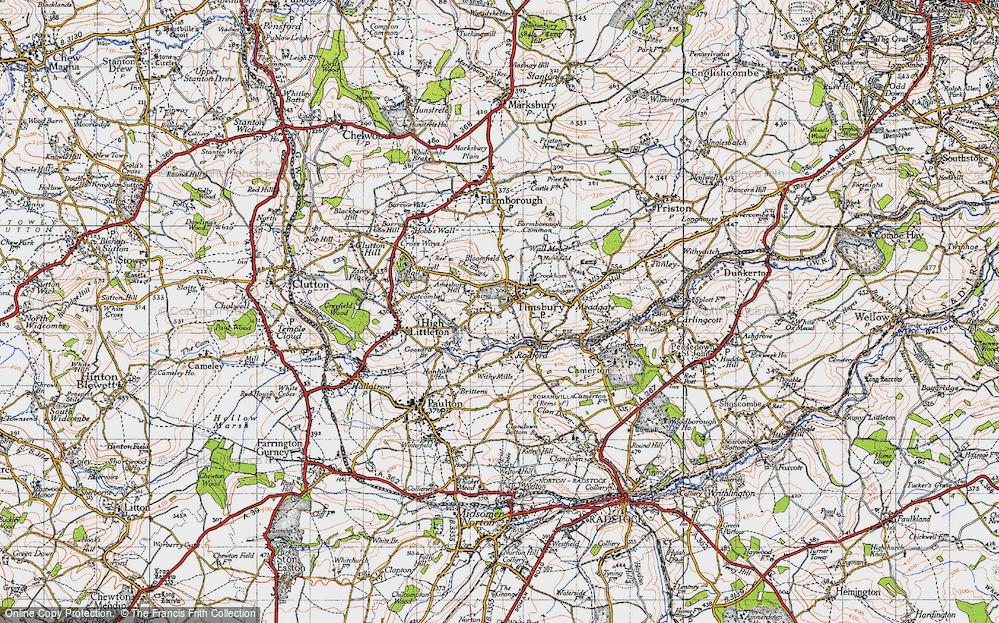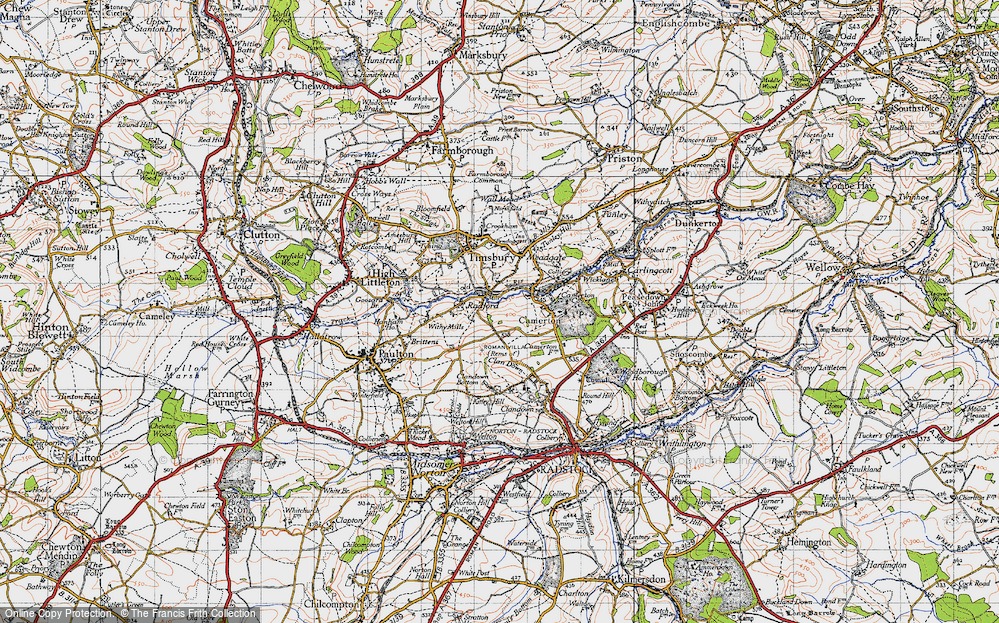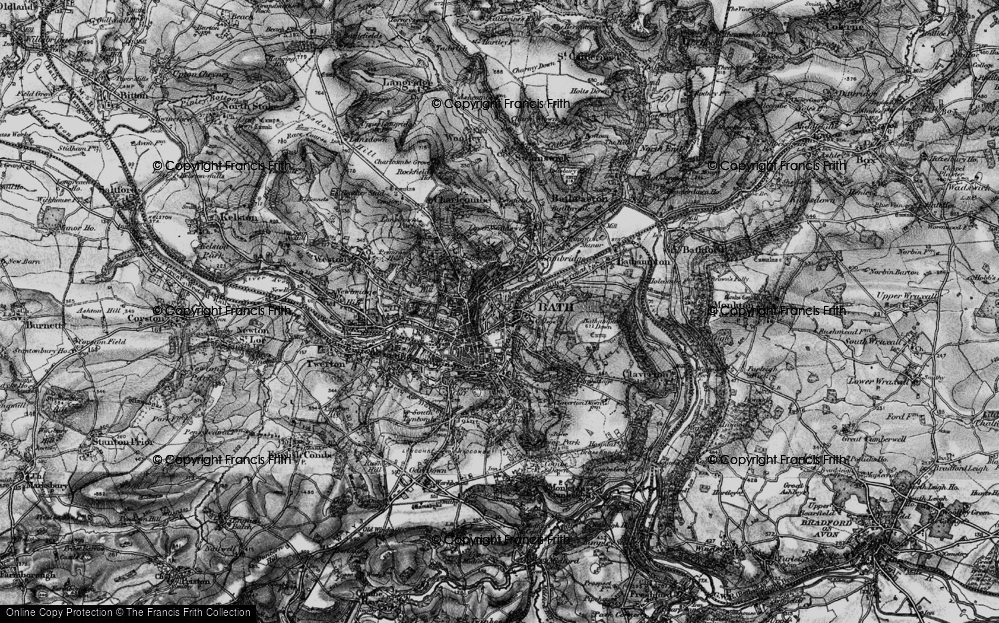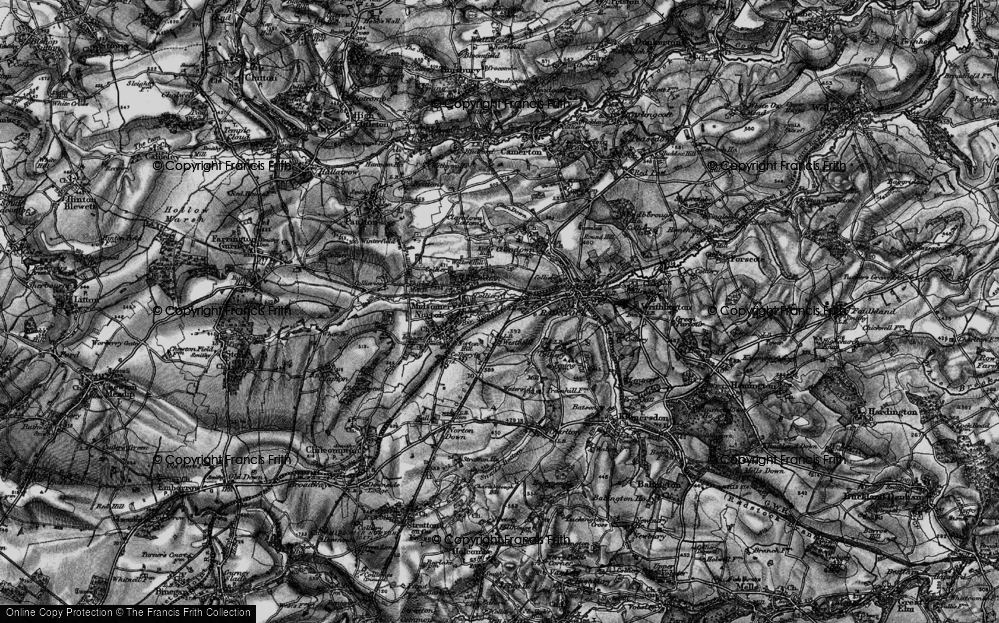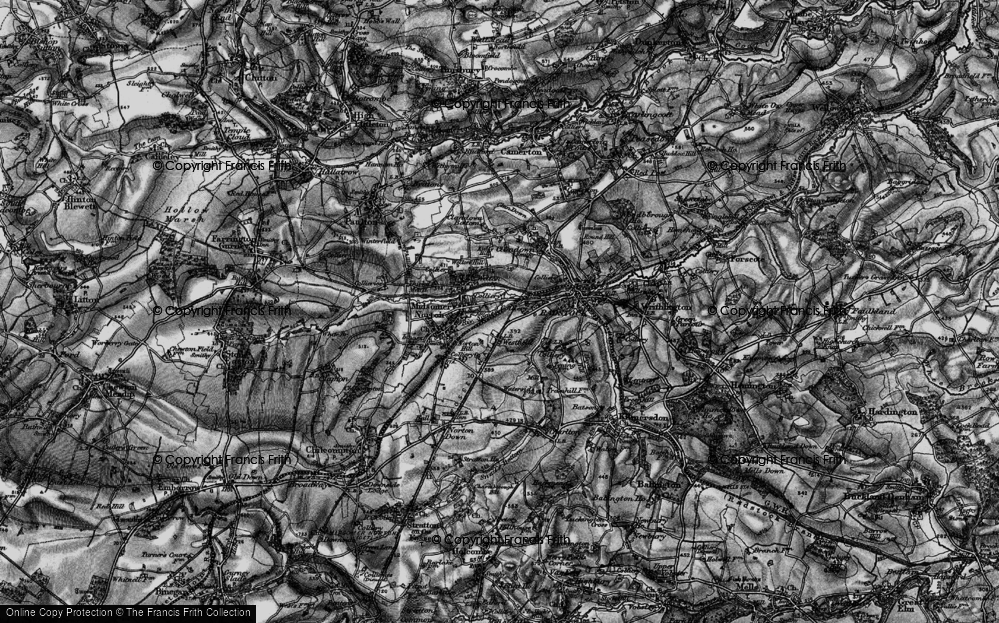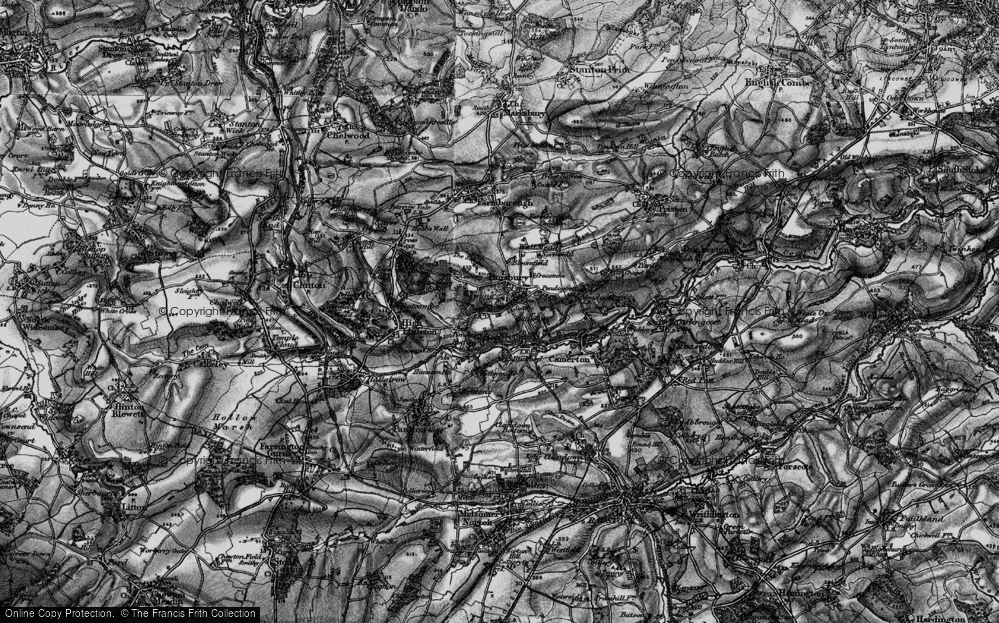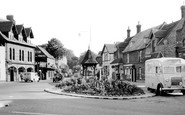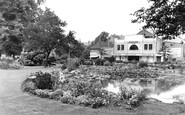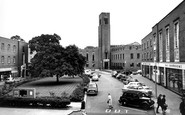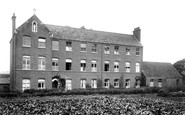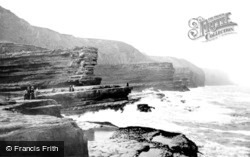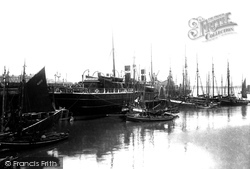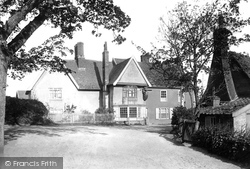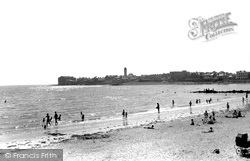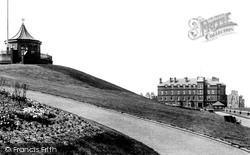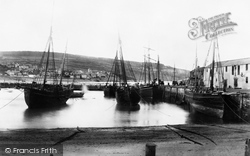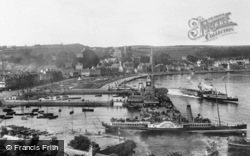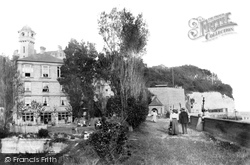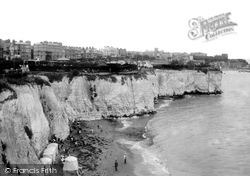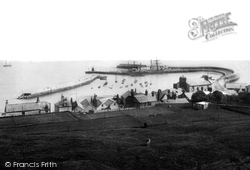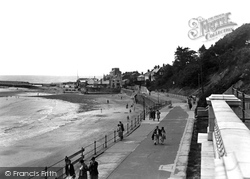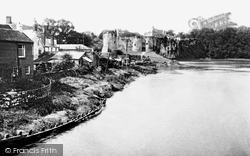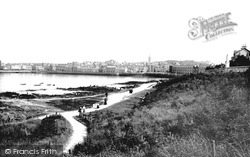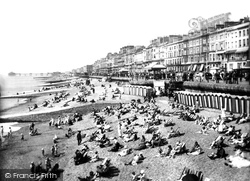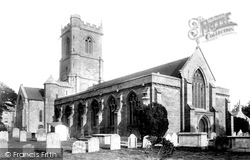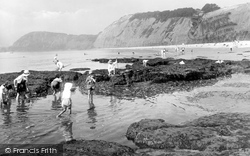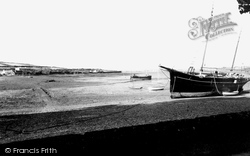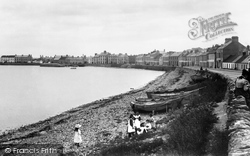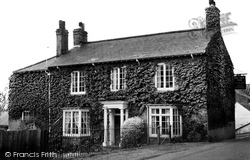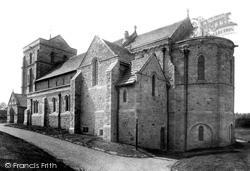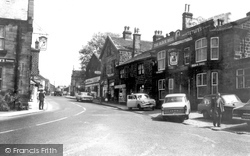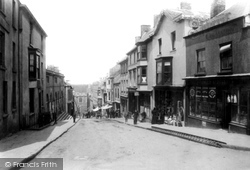Places
Sorry, no places were found that related to your search.
Photos
134 photos found. Showing results 101 to 120.
Maps
896 maps found.
Books
3 books found. Showing results 121 to 3.
Memories
540 memories found. Showing results 51 to 60.
Birchington, Epple Bay And Minnis Bay
Birchington with two bays and a village atmosphere 'in town'. A rail station with the most wonderful ice cream parlour opposite - wicker chairs on those old fashioned curved steel bases and circular wicker ...Read more
A memory of Birchington in 1955 by
Birds Nuts And Bumping Cars
In 1944 my mother and I moved from a two bedroom basement flat in Grosvenor Road at the top of the town, to Chrismas Avenue, a three bedroom semi-detached, that connected between Ash Road and Newport Road. My father ...Read more
A memory of Aldershot in 1940 by
Birth
I was born on 8 October 1939 in a house called Trewalder, at Treyarnon Bay. The house belonged to Nan and Sam Odhams and they persuaded my mother to leave London - everyone was rushing anywhere and every place once war was declared on 3 ...Read more
A memory of St Merryn in 1930 by
Bitter Sweet Memories Of St Cathrines Boarding School
I arrived in 1955, I was there for three years. I was not happy there, it was like a jail to me. I do recall the names of Clive Wood and Peter Adams - I do not recall any of the others. ...Read more
A memory of Almondsbury in 1956 by
Blaengarw Cooper Milkmen
I am a retired police officer who has been studying the family history of both my family and that of my wife, Jenifer Cooper. I am trying to trace relatives of the family and hope that someone may just know something of ...Read more
A memory of Blaengarw in 1930 by
Blyth Boyhood
I went to St Wilfrid's Junior in Blyth. Great times, great memories. Rafts on the river at Cowpen, summer days up Humford and the hapenny woods. Days out at the Spanish City. Pit galas, the waltzer on the market place, ...Read more
A memory of Blyth in 1955 by
Blyth Mansions
I was born in 117 Blyth Mansions, Hornsey Rise, in 1942 I think they had just been built. I remember playing in the flats with so many children, I wonder where they are all now. We used to have fights with all the other flats, Hill ...Read more
A memory of Hornsey in 1942 by
Blyth Then And Now
I was born in Newsham in 1952 and then moved to Malvins Close shortly after my sister Joyce was born at the end of 1953. I t was a great place to live and Ken Dawson and I roamed all over the place: the beach, ...Read more
A memory of Blyth by
Blythe Mansions, Hornsey Rise
I can vividly remember Blythe Mansions, I used to go there with my late mother to visit an aunt and other relatives who lived there, I can still see it now, there were two sections of the estate as I recall, with two half ...Read more
A memory of Hornsey by
Boarding At The Visitation Convent
My brother and I attended the Convent as boarders from 1958 to 1961 after the death of our mother. We were pretty traumatised on our first day there but were gently looked after by the wonderful Sister Edith. I ...Read more
A memory of Bridport in 1958 by
Captions
870 captions found. Showing results 121 to 144.
The spectacular rock formation of Filey Brigg at the north end of the bay.
Fleetwood became England's principal fishing port on the west coast with a fleet to rival those of Hull and Grimsby. In this picture there are trawlers and Morecambe Bay prawners.
The original timber building, dating from c1580, has two gables; the brick extension to the right is 19th-century.
A view of one of the beaches which look out over Galway Bay to County Clare and the limestone landscape of the Burren.
Fleetwood's other principal hotel was the Mount. The hotel was built with its front on the promenade, offering guests excellent views of the bay.
Lyme Regis harbour, or the Cobb, was once a seafaring settlement separate from the old town.
Rothesay is the county town on the eastern side of the Island of Bute, in an ideal location in the sheltered 'sweet Rothesay Bay', to quote the popular song.
Here we have a wonderful picture of this peaceful seaside resort; the distinctive large hotel on the left is still there. Otherwise, Pegwell Bay has seen some changes.
The low white cliffs at Broadstairs shelter this bay, and people are making use of the tents on the beach to change for a dip in the sea.
Its buildings range from Bay Cottage (near left), the Royal Standard, Sunnyholme, the Bonded Store, and the Coastguard Station to the old Cobb Arms (right).
Cobb hamlet is sandwiched between Cobb harbour (left) and the somewhat landslipped Langmoor Gardens (right). The Old Bonded Store and Bay Cottage (centre) can be clearly seen.
The Wye has long been famous for its salmon fishing, as records going back to the 10th century show. It has been controlled over the years in an effort to conserve stocks.
Fleetwood became England's principal fishing port on the west coast with a fleet to rival those of Hull and Grimsby. In this picture there are trawlers and Morecambe Bay prawners.
Fleetwood was founded in 1836 by Sir Peter Hesketh-Fleetwood, and laid out to the designs of Decimus Burton, who designed the North Euston Hotel, Queen's Terrace and both lighthouses.
Another fine view of the bay, showing the town crowding down to the waterfront and the townsfolk taking a stroll. The marina and Pickie Fun Park now occupy this part of the waterfront.
On a clear day, Eastbourne may be seen to the west across Pevensey Bay from Hastings Pier and the sea front. To the east are clear views to the broad peninsula of Dungeness.
This is St Mary's Parish Church, seen from the north-west, showing the two bays of the nave and aisles extended in 1860 (right).
Rock-pooling has always been one of the joys of a seaside holiday, and these children are obviously enjoying themselves.
On this southern arm of the Haven, Angle Bay boasts fine views right across the Milford Haven. There are several beached boats, the first complete with tender.
A view looking south round the sweep of the bay to the little harbour, once used by the mail boats to Portpatrick in Wigtownshire. Boats are drawn up on the pebbled beach, where girls are playing.
The front of this charming Georgian house, with its bay windows and portico at the front door, is now obscured by the addition of a single-storey annexe which provides a riverside eating area for customers
Local people believe that Flookburgh got its name from the fluke, a fish caught in Morecambe Bay, and a representation of one is on the weather vane.
Instead of horses and carts, cars now clog the pavement outside the Black Bull.
Taken from the junction of Market Street and Upper Market Street looking down towards the High Street. The arched building on the left is presently a building site.
Places (0)
Photos (134)
Memories (540)
Books (3)
Maps (896)


